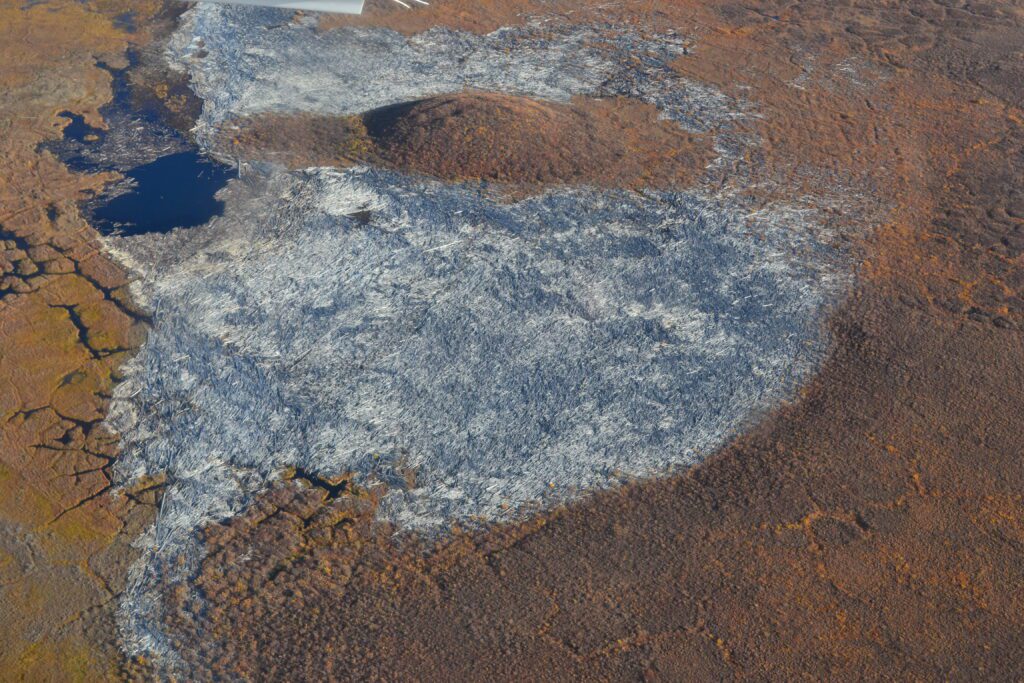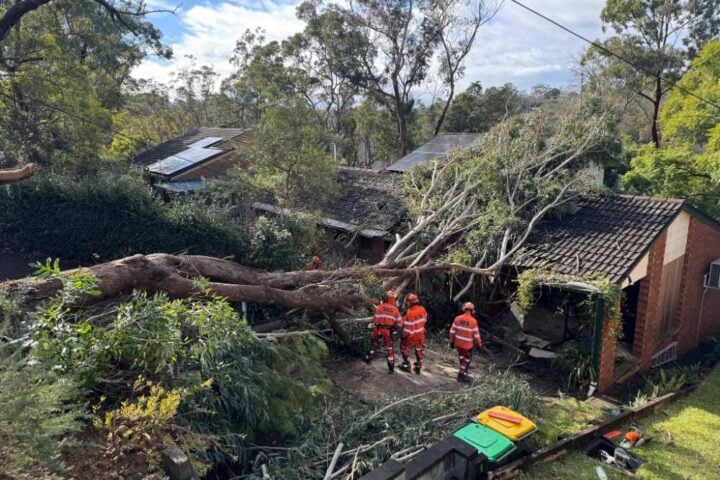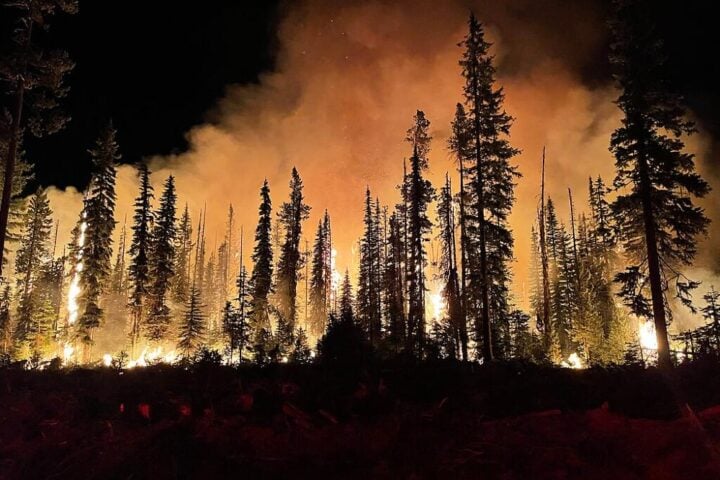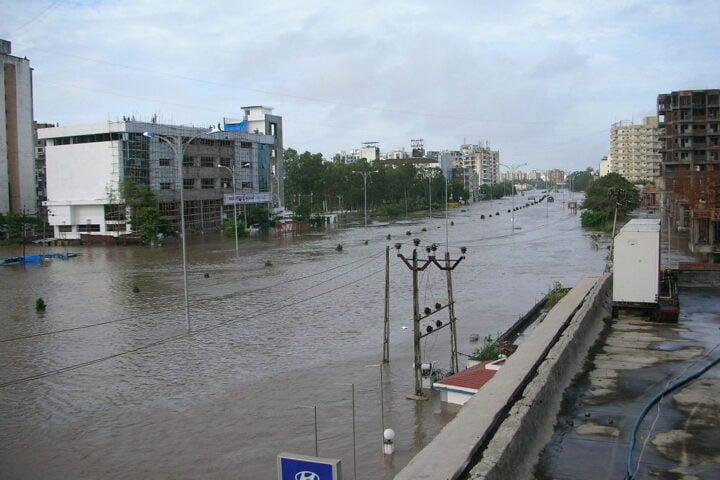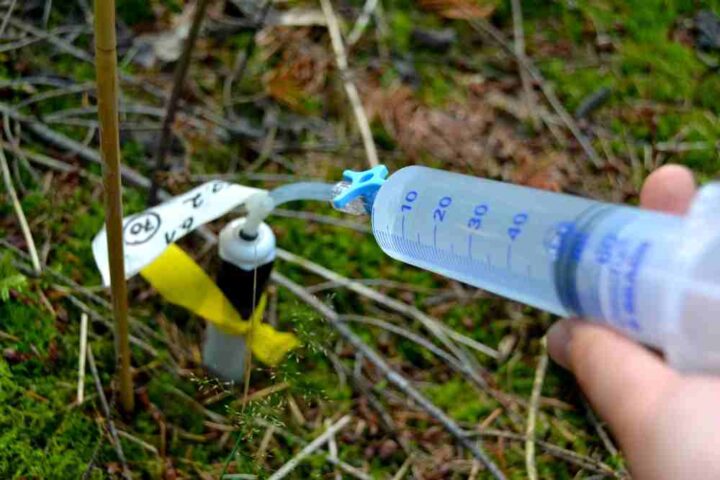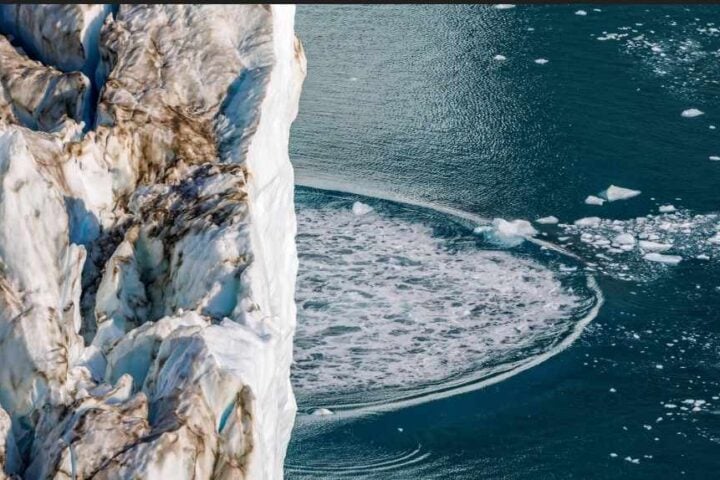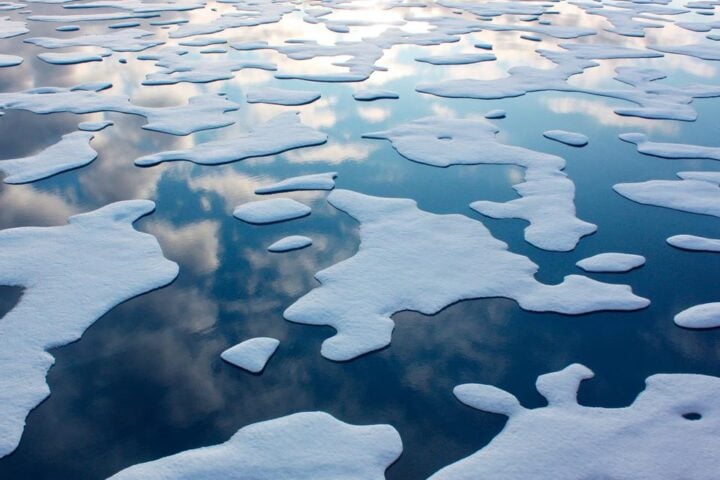The Mackenzie River Delta in the N.W.T. is home to the world’s largest known cumulative logjam.
Unfortunately, this logjam is storing a huge amount of carbon. Driftwood is abundant in the Arctic, providing a source of heating fuel and construction material for local communities.
Logjams like the one in the Mackenzie River Delta have been overlooked in terms of their impact on the carbon cycle and the environment. Satellite imagery and artificial intelligence were used to map the vast wood deposit in the Mackenzie River Delta. The logjam covers an area almost as large as Manhattan and consists of 400,000 miniature caches of wood.
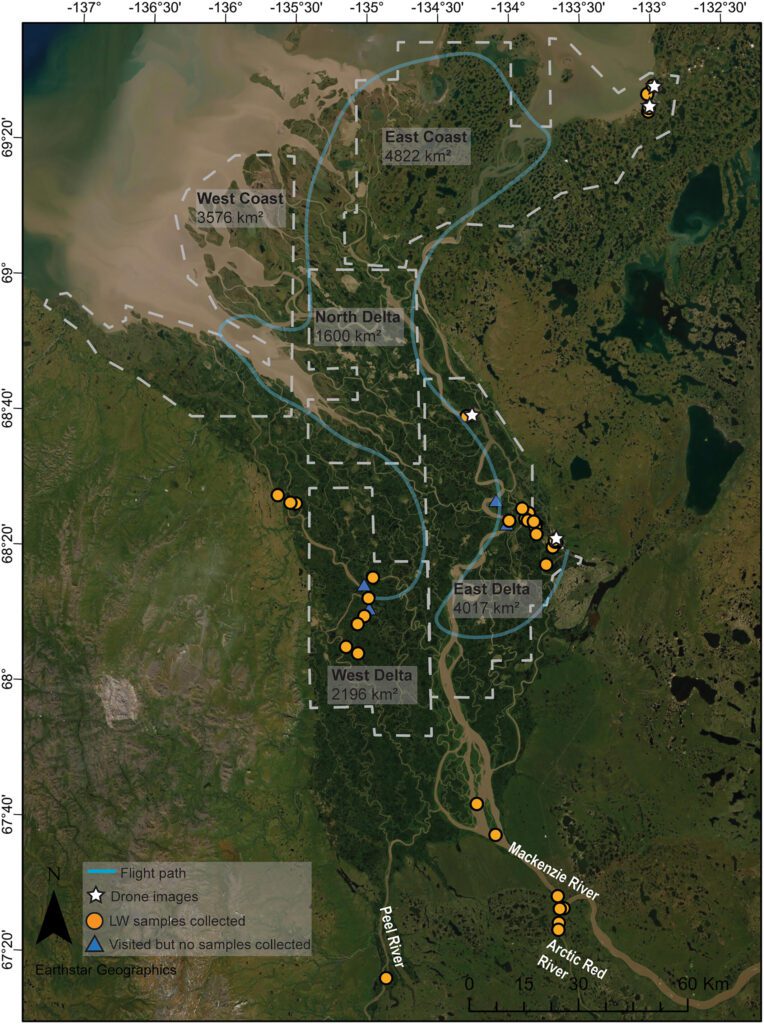
Trees act as carbon sinks, absorbing carbon dioxide and storing it in their wood. The logjam in the Mackenzie River Delta stores approximately 3.4 million tons of carbon, equivalent to two and a half million car emissions in a year. The true scale of the driftwood carbon store might be even higher, as the survey only measured the surface of the logjam.
Driftwood accumulates in the Arctic due to the transport of fallen trees from the boreal forests and high-latitude rivers. The cold and dry conditions in the Arctic preserve the fallen trees for long periods, making them look younger than they actually are. Carbon dating has revealed that some of the trees in the logjam are over 1,300 years old.
The logjam in the Mackenzie River Delta spans an area of 51 square kilometers, roughly a third the size of Yellowknife. The math behind wood’s carbon storage can provide insight into the carbon cycle and its impact on climate change. Most of the logs in the Mackenzie River Delta come from the Liard, Mackenzie, Peel, and Arctic Red rivers. Trees end up in the river when they fall in the forest and are transported by snow melt.
Similar Posts
Water in the Mackenzie River Delta flows north toward the Beaufort Sea, carrying the logs along its course. The logs can get stuck along the way, leading to the formation of logjams in the delta. Some of the logs in the logjam have been trapped in the delta for centuries, while others are more recent.
The Arctic’s rapid warming, which is four times faster than the global average, could affect the logjam and the carbon cycle. Climate change can accelerate the breakdown of logs, releasing carbon more quickly into the atmosphere.
Changes in precipitation patterns can influence the degradation of trees and their entry into the river system. Sendrowski’s research only scratched the surface, as it focused on visible logjams and didn’t account for buried or hidden wood. The delta’s driftwood might store twice as much carbon as estimated, and there are other large deltas in the North that could contribute to carbon storage.
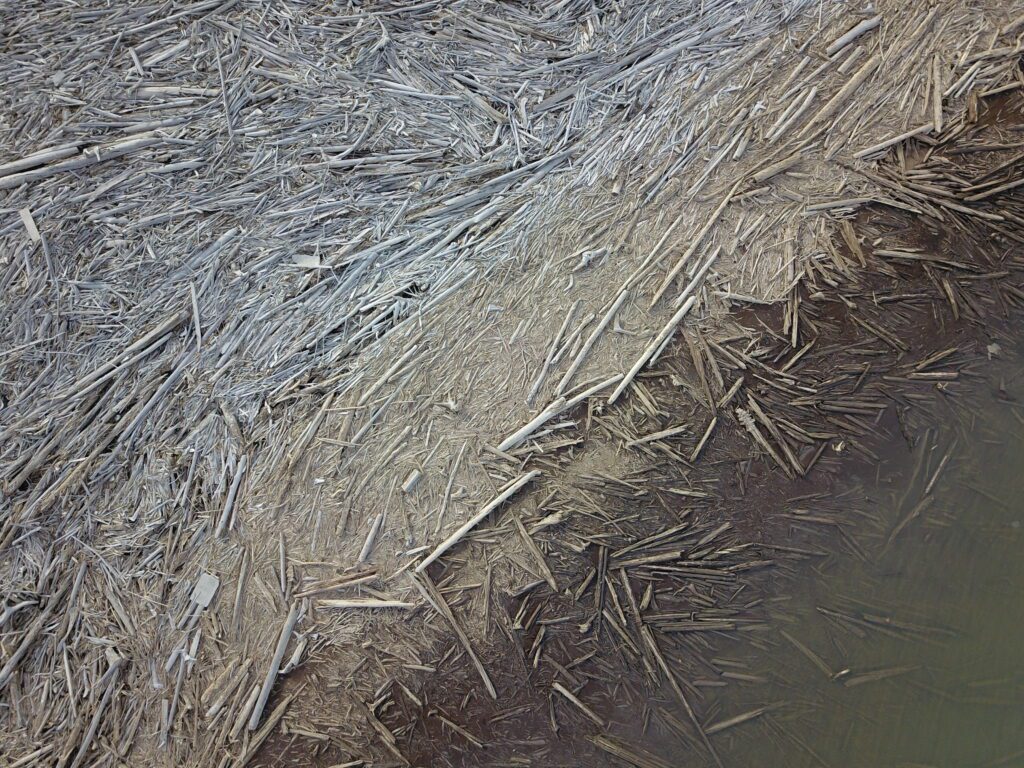
The carbon pool in these wood deposits remains largely unknown. More research on logjams can clarify their ecological implications and their role in the carbon cycle. Studying logjams provides insights into natural fluvial systems and the dynamics of wood mobilization in rivers.
The Mackenzie River Delta is an area undergoing significant change, which can impact the carbon cycle and the release of carbon into the atmosphere. The research highlights the need to consider driftwood and logjams when assessing the environmental impact of the Arctic. Understanding the carbon storage potential of logjams can contribute to climate change mitigation strategies. More comprehensive studies are necessary to uncover the full extent of wood deposits and their carbon storage in the Arctic.
